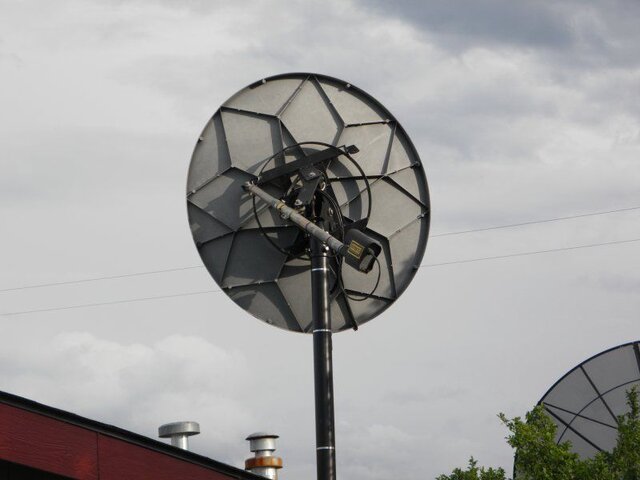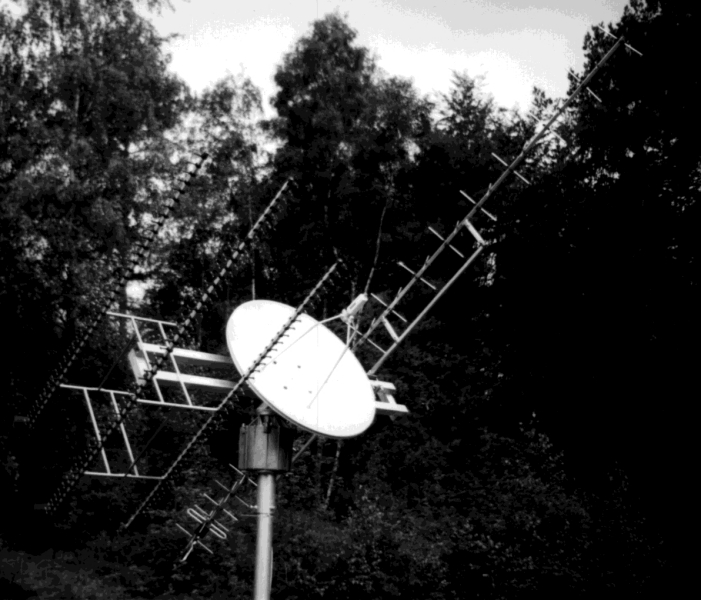Thanks to AI6US and all of the others for my learning by emersion!
MY PROJECT: I will scrap the antiquated hinge-type HTH mount limited to geostationary satellites. In its place I will find or fabricate a slew gear drive system for both the 360° Azimuth and the 5 to 100° Elevation for both the geostationary and polar orbiting satellites.
R & D RESULTS: I just now Googled and found the Titanium ASC1 DiSEqC Positioner Satellite Motor & Polarity Controller Dish Mover >>AND<< the Dr. HD1000S+ Satellite Finder Meter. My instincts tell me that these two items are exactly what I need for my conversion of the 30-year-old, solid aluminum dish, Birdview Satellite Dish for today's satellites, including amateur radio satellites.
NEXT R & D: I will have to learn all I can about LNB/LNBFs to select the right LNBF for the amateur radio satellites and FTA satellites for R&R. Is there a Two for One LNBF for my project?
YOUTUBE: I stumbled onto Titanium Satellite YouTube Channel. And Titanium ASC1 YouTube videos. A wealth of learning there.
TITANIUM SATELLITE ASC1 DiSEqC Positioner WEBSITE: What a find that is! I found the buffet of LNBF selections page. Lots of emersion learning to do there!
I feel like a kid in a candy store!
MY PROJECT: I will scrap the antiquated hinge-type HTH mount limited to geostationary satellites. In its place I will find or fabricate a slew gear drive system for both the 360° Azimuth and the 5 to 100° Elevation for both the geostationary and polar orbiting satellites.
R & D RESULTS: I just now Googled and found the Titanium ASC1 DiSEqC Positioner Satellite Motor & Polarity Controller Dish Mover >>AND<< the Dr. HD1000S+ Satellite Finder Meter. My instincts tell me that these two items are exactly what I need for my conversion of the 30-year-old, solid aluminum dish, Birdview Satellite Dish for today's satellites, including amateur radio satellites.
NEXT R & D: I will have to learn all I can about LNB/LNBFs to select the right LNBF for the amateur radio satellites and FTA satellites for R&R. Is there a Two for One LNBF for my project?
YOUTUBE: I stumbled onto Titanium Satellite YouTube Channel. And Titanium ASC1 YouTube videos. A wealth of learning there.
TITANIUM SATELLITE ASC1 DiSEqC Positioner WEBSITE: What a find that is! I found the buffet of LNBF selections page. Lots of emersion learning to do there!
I feel like a kid in a candy store!




